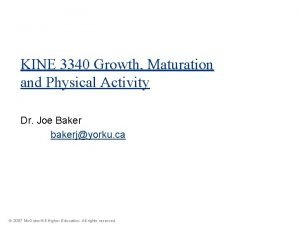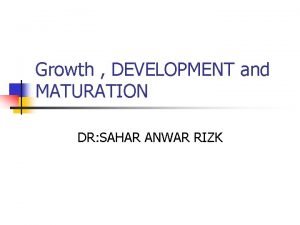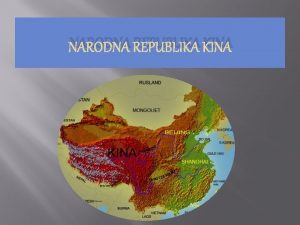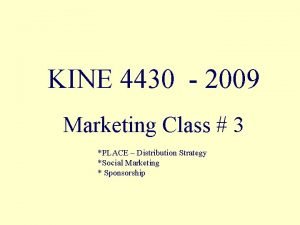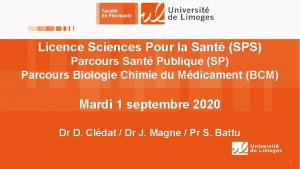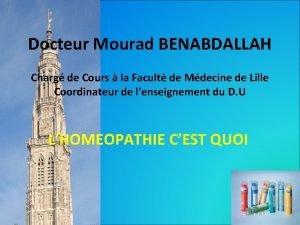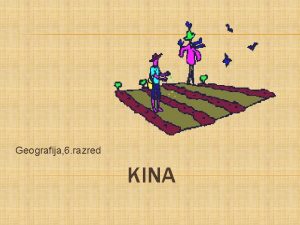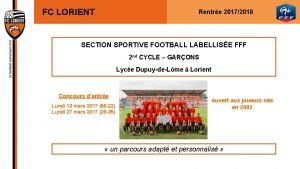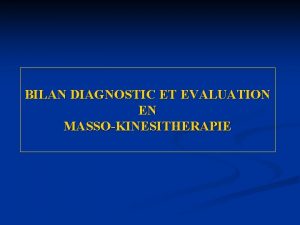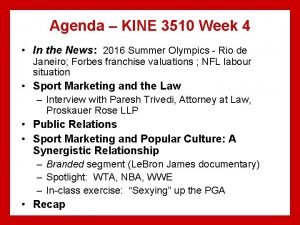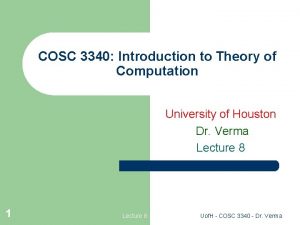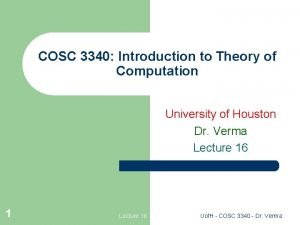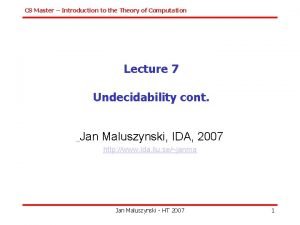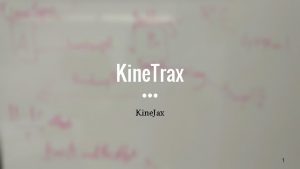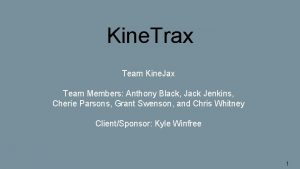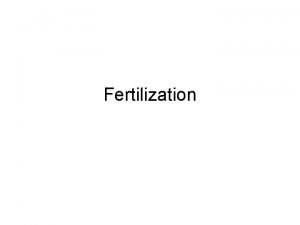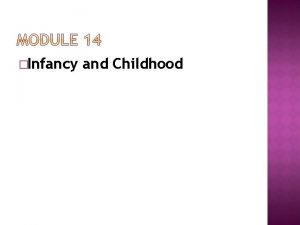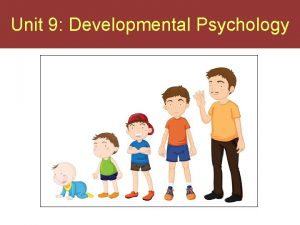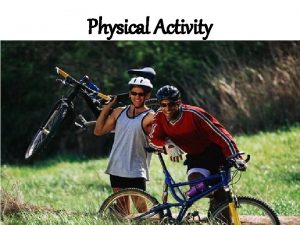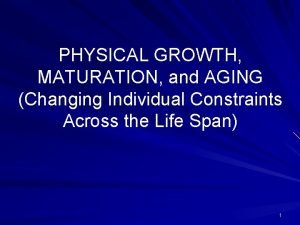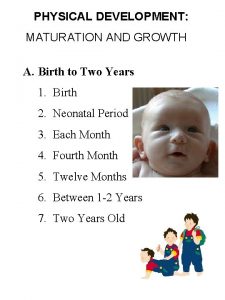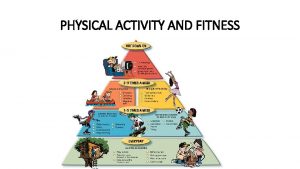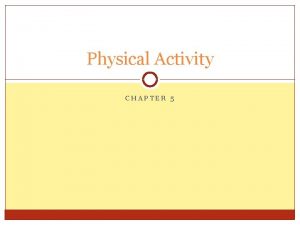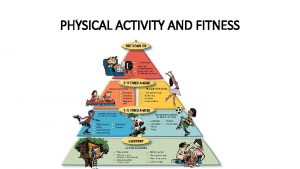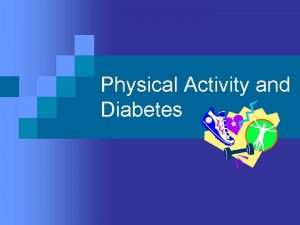KINE 3340 Growth Maturation and Physical Activity Dr


















- Slides: 18

KINE 3340 Growth, Maturation and Physical Activity Dr. Joe Baker bakerj@yorku. ca © 2007 Mc. Graw-Hill Higher Education. All rights reserved.

Human behavior is not compartmentalized; there is a complex system of constant, reciprocal exchanges among an individual’s cognitive, affective, motor, and physical being © 2007 Mc. Graw-Hill Higher Education. All rights reserved.

Domains of Human Development • The four domains are useful for categorizing the study of human and motor development • Domains are not discrete © 2007 Mc. Graw-Hill Higher Education. All rights reserved.

Human Development “…changes that all human beings face across their lifespan. Such changes result from increasing age as well as one’s experiences in life, one’s genetic potential, and the interactions of all three factors at any given time. Therefore, development is an interactional process that leads to changes in behavior over the lifespan. ” (Motor Development Task Force, 1995) © 2007 Mc. Graw-Hill Higher Education. All rights reserved.

“Motor development is the study of changes in human motor behavior over the lifespan, the processes that underlie these changes, and the factors that affect them. ” (Payne & Isaacs, 2007) © 2007 Mc. Graw-Hill Higher Education. All rights reserved.

Why is the study of motor development important? Because…… Human development is multifaceted. As movement changes, so do the intellectual, social, and emotional domains Understanding the process of motor development allows us to diagnose cases of abnormal development and to provide intervention and remediation Developmentally appropriate activities can be selected for an optimal teaching/learning environment © 2007 Mc. Graw-Hill Higher Education. All rights reserved.

Six Elements of Developmental Change Qualitative Not “just more of something” Sequential Certain motor patterns precede others Cumulative Behaviors are additive Directional Development has an ultimate goal Multifactorial No single factor directs change Individual Rate of change varies for all people © 2007 Mc. Graw-Hill Higher Education. All rights reserved.

Definitions of Development, Maturation, and Growth Development Growth Maturation Development includes both growth and maturation • Development is a term referring to the progressions and regressions that occur throughout the lifespan • Growth is the structural aspect of development • Maturation deals with the functional changes in human development. © 2007 Mc. Graw-Hill Higher Education. All rights reserved.

Maturation and Growth • Growth is quantitative – increase in size • Maturation is qualitative – functions of organs and tissues • Growth and maturation are interrelated – As the body grows, functions improve • As we age, growth slows, but maturation continues throughout the lifespan © 2007 Mc. Graw-Hill Higher Education. All rights reserved.

Terms • Developmental directions – Cephalocaudal • From head to tail • Can be applied developmentally through the study of walking – Proximodistal • From those points close to the body’s center to those points close to the periphery • Prenatal growth and acquisition of motor skill © 2007 Mc. Graw-Hill Higher Education. All rights reserved.

Terms • Differentiation – Progression from gross, immature movement to precise, well-controlled, intentional movement • Integration – Motor systems are able to function together as ability progresses © 2007 Mc. Graw-Hill Higher Education. All rights reserved.

How does the child in this picture demonstrate the concept of integration? © 2007 Mc. Graw-Hill Higher Education. All rights reserved.

Terms • Gross movement – Movement controlled by the large muscles or muscle groups • Legs • Fine movement – Movement controlled by the small muscles or muscle groups • Hands © 2007 Mc. Graw-Hill Higher Education. All rights reserved.

Terms Two controversial views on measurement in motor development • Process Approach – Emphasizes the movement without consideration for the outcome • How a child catches a ball • Product Approach – Emphasizes the outcome of a movement • How much control did the child have while catching the ball? © 2007 Mc. Graw-Hill Higher Education. All rights reserved.

Terms • Age periods throughout the lifespan • Accepted age periods are helpful in discussions concerning development throughout the lifespan • The term “stages” is often substituted for the term “age periods” © 2007 Mc. Graw-Hill Higher Education. All rights reserved.

More on Age Periods (Stages) Period • Prenatal -Embryonic -Fetal Significant Events • Conception to birth • Very important period • Embryo • Fetus - at eight weeks post-gestation • Organogenesis • Infancy -Neonatal -Toddlerhood Birth to year 1 0 -22 days after birth Walking alone Early Childhood Ages 4 -7 yr Middle Childhood Ages 7 -9 yr Late Childhood Lasts 3 years Adolescence Landmark period Puberty Girls - 11 yr Boys - 13 yr © 2007 Mc. Graw-Hill Higher Education. All rights reserved.

More on Age Periods (Stages) Period Significant Events Early Adulthood • Begins when adolescence reaches maximum height • Girls –age 20 yr • Boys – age 22 yr • Lasts until age 40 yr Middle Adulthood • Ages 40 -60 yrs Late Adulthood • Age 60 until death © 2007 Mc. Graw-Hill Higher Education. All rights reserved.

Stages of Development • Stages of development – Phase, time, levels, periods – Provides manageable portions of behavior • Controversy over whether the stages of development actually exist – Does life proceed smoothly and continuously? – Is life discontinuous with abrupt behavior changes? © 2007 Mc. Graw-Hill Higher Education. All rights reserved.
 Kine 3340
Kine 3340 Kine 3340
Kine 3340 Growth development and maturation
Growth development and maturation Physical fitness test grade 9
Physical fitness test grade 9 кина површина
кина површина La kiné série
La kiné série Las sps
Las sps Reljef kine
Reljef kine Michel mourad kinésithérapeute
Michel mourad kinésithérapeute Jadetodream
Jadetodream Kontinentalnost geografija
Kontinentalnost geografija Section sportive fc lorient
Section sportive fc lorient Bilan diagnostic kiné
Bilan diagnostic kiné Proactive kine
Proactive kine Cosc 3340
Cosc 3340 Cosc 3340
Cosc 3340 Ibm 3340
Ibm 3340 Ece 3340
Ece 3340 Introduction to the theory of computation
Introduction to the theory of computation
